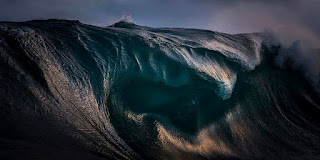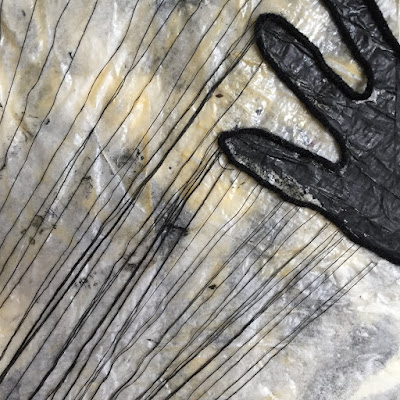TOWER Project
Cherry and her Cowrie Shells.
This project was inspired by a short story I read as a child called; "The giants Necklace" by Micheal Morpurgo. It's the story of a little girl who makes a necklace out of shells long enough to stretch around a giants neck. When I was younger I remember reading this many times and everytime I read it, it always made me really emotional, because the little girl ends up being washed away by a storm that hits when she's trying to collect more shells. The little girl gets stuck in a cove unable to get back to the beach. Its a story that I've read many times throughout the years and it always resonates with me still to this day. It stirs within me something that I feel, like many others; a fear of the ocean. I've lived by the ocean or sea my whole life every time my family moved it was always to a coastline. I am so used to the giant body of water surrounding me. I was always known as the water baby in my family as the youngest of two sisters I was taught to swim almost as soon as I could walk and I have always had a strong love and passion for the ocean- a deep connection to it, but also a terrifying fear of it. To me it has always been a sublime. Beautiful and powerful but also terrifying and frightening. This ceramic piece reminds me of this love and fear of the ocean, and having a powerful connection to it. Something that is smooth and comforting but can also be a raging destructive storm.
Artists and work I was inspired by:
Artists and work I was inspired by:
http://www.sharmans-cross.com/classes2012/docs/Giant's%20necklace.pdf
https://www.michaelmorpurgo.com/book/the-giants-necklace/




















































